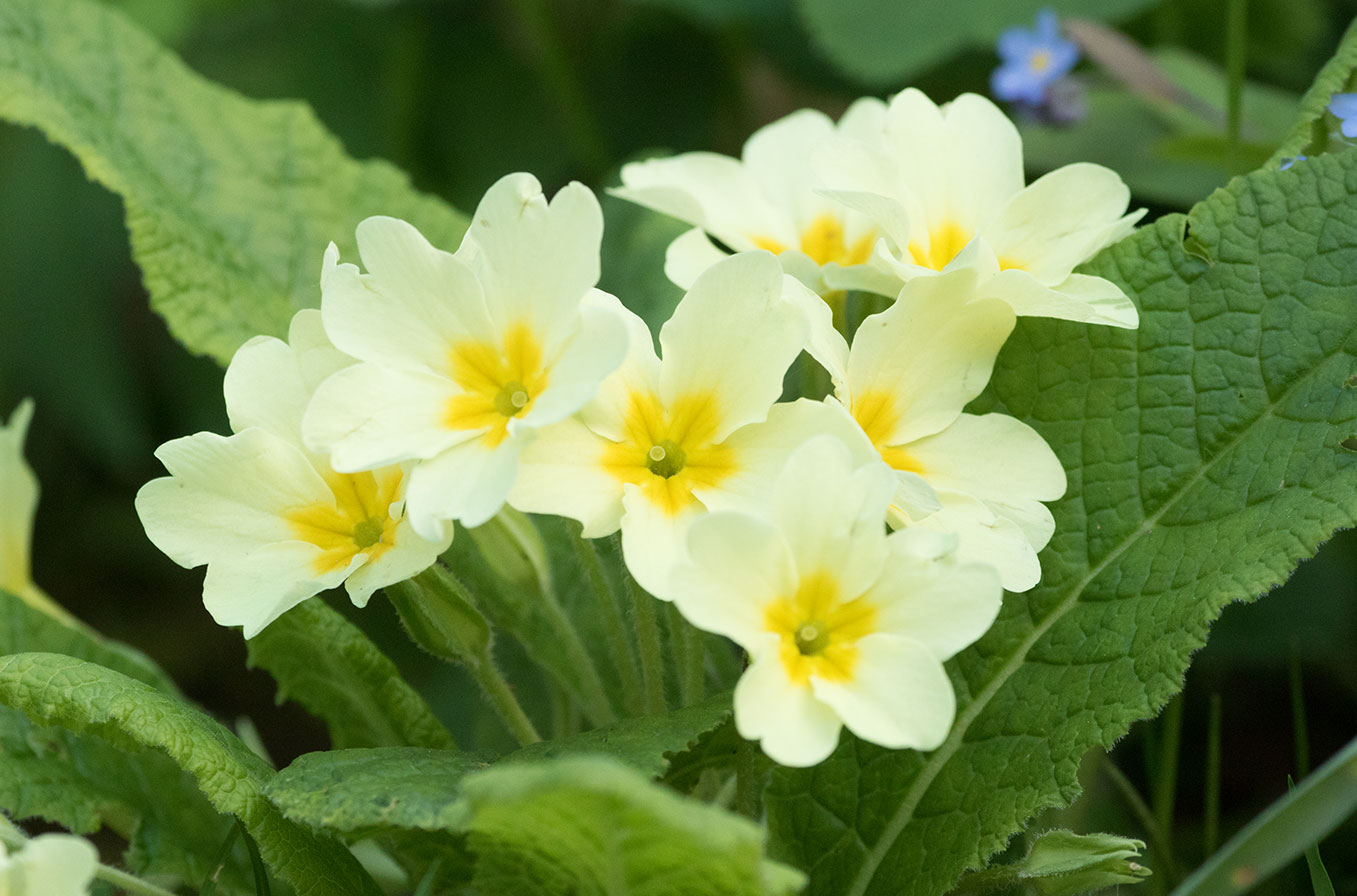
Woodland plants, with their diverse and fascinating characteristics, play a crucial role in their ecosystems. Woodland plants are not just background scenery; they are vital for the health of forests and the wildlife that calls these environments home. From the towering trees to the understory shrubs and delicate ground cover, each species contributes to a complex, interdependent system. In this introduction, we'll uncover 19 intriguing facts about these plants, shedding light on their adaptations, importance, and the threats they face. Whether you're a nature enthusiast or simply curious, these insights will deepen your appreciation for the often-overlooked inhabitants of our planet's woodlands. Ready to learn more about the green wonders beneath the forest canopy? Let's dive into the world of woodland plants.
What Are Woodland Plants?
Woodland plants are those that thrive under the canopy of trees in forested areas. These plants have adapted to grow in the dappled sunlight that filters through the leaves above, often requiring less direct sunlight than plants found in open areas. They contribute significantly to the biodiversity of woodlands, offering a variety of habitats for insects, birds, and other wildlife.
- Woodland plants often have unique adaptations that allow them to flourish in low-light conditions.
Types of Woodland Plants
There's a wide array of plants that fall under the category of woodland flora. These range from ground-covering mosses and ferns to towering trees. Each plays a crucial role in the woodland ecosystem, contributing to the complex interplay of life.
- Ferns are a common sight in woodlands, thriving in the moist, shaded soil.
- Mosses, another group of woodland plants, help in retaining moisture in the soil, creating a microhabitat for numerous microorganisms.
How Woodland Plants Adapt to Their Environment
Adaptation is key for survival, and woodland plants are masters at this. Their ability to thrive in shaded environments speaks volumes about their evolutionary journey.
- Many woodland plants, such as trilliums and wild garlic, have evolved to flower early in the spring before the trees overhead fully leaf out, ensuring they get enough sunlight for photosynthesis.
- Some species have leaves with a large surface area to maximize the capture of sunlight.
The Role of Woodland Plants in the Ecosystem
Woodland plants are not just passive inhabitants of the forest; they play active roles in their ecosystems.
- They provide essential food and habitat for wildlife, from the forest floor up to the canopy.
- Decomposing leaves and dead plants from woodlands enrich the soil, making it fertile and promoting a healthy forest ecosystem.
Threats to Woodland Plants
Despite their resilience, woodland plants face several threats that can impact their survival and, by extension, the health of woodland ecosystems.
- Invasive species can outcompete native woodland plants for resources.
- Climate change poses a significant threat, altering the delicate balance of woodland ecosystems.
Conservation Efforts for Woodland Plants
Protecting woodland plants and their habitats is crucial for preserving biodiversity and the health of ecosystems.
- Conservationists work to remove invasive species and reintroduce native plants to woodlands.
- Efforts are also made to protect large areas of woodland from development and deforestation, ensuring that woodland plants have a safe habitat to thrive in.
Interesting Facts About Specific Woodland Plants
Some woodland plants have fascinating stories and characteristics that make them particularly interesting.
- The bluebell, a well-known woodland plant, carpets forest floors in a stunning blue hue during spring in many parts of the world.
- Wild garlic, aside from its culinary uses, is known for its strong aroma, which can fill a whole forest during its flowering season.
- The ghost plant, or Indian pipe, is a rare woodland plant that is completely white because it does not photosynthesize; instead, it gets its nutrients from a symbiotic relationship with fungi.
The Importance of Woodland Plants in Folklore and Medicine
Woodland plants have held significant places in folklore and traditional medicine, underscoring the deep connection between humans and the natural world.
- Many cultures have legends and myths associated with woodland plants, such as the belief that bluebells ring to call fairies to gatherings.
- Historically, woodland plants like yarrow and willow bark have been used for their medicinal properties to treat a variety of ailments.
The Beauty and Diversity of Woodland Plants
Woodland plants add to the aesthetic and biological diversity of forests, making woodlands richer and more beautiful places.
-
The variety of colors, shapes, and sizes of woodland plants creates a tapestry of beauty on the forest floor.
-
Each woodland plant species plays a role in the larger ecosystem, contributing to the complexity and resilience of woodlands.
-
Observing woodland plants throughout the seasons provides a unique insight into the dynamic and ever-changing nature of forests, reminding us of the intricate connections that sustain life on Earth.
A Final Stroll Through the Forest
We've wandered through the enchanting world of woodland plants, uncovering their secrets and marveling at their resilience. From the shade-loving ferns to the majestic oaks, each species plays a crucial role in the forest's ecosystem. We've seen how these plants adapt to their environment, whether it's thriving in the dappled sunlight or enriching the soil for future generations. Their beauty isn't just in their blooms but in their contribution to biodiversity and the health of our planet. Remember, every time you step into a forest, you're entering a complex, interconnected world where every leaf, root, and branch has a story. Let's keep exploring, learning, and doing our part to protect these vital ecosystems. After all, there's always more to discover beneath the canopy.
Was this page helpful?
Our commitment to delivering trustworthy and engaging content is at the heart of what we do. Each fact on our site is contributed by real users like you, bringing a wealth of diverse insights and information. To ensure the highest standards of accuracy and reliability, our dedicated editors meticulously review each submission. This process guarantees that the facts we share are not only fascinating but also credible. Trust in our commitment to quality and authenticity as you explore and learn with us.


